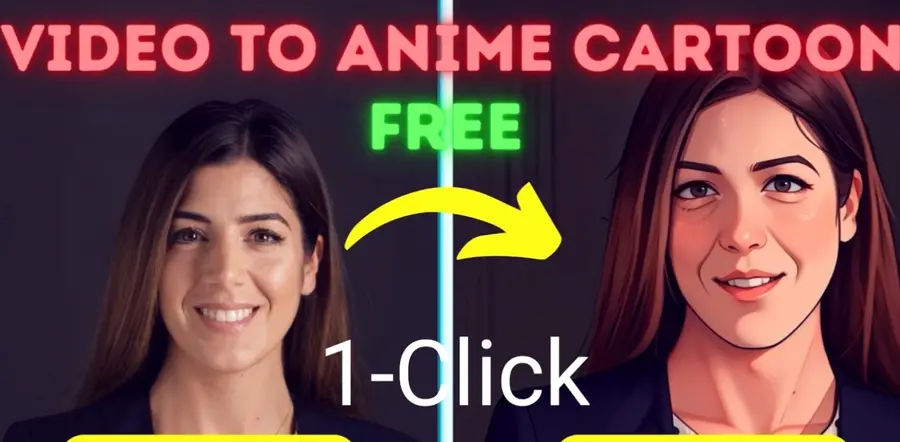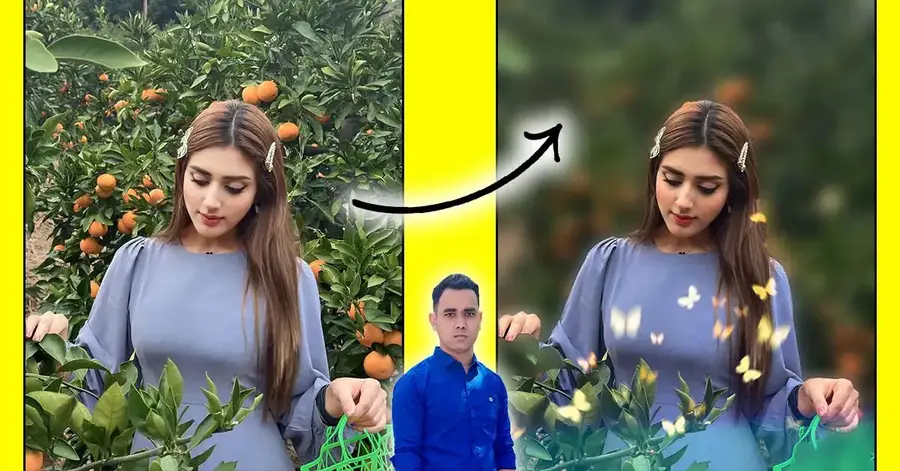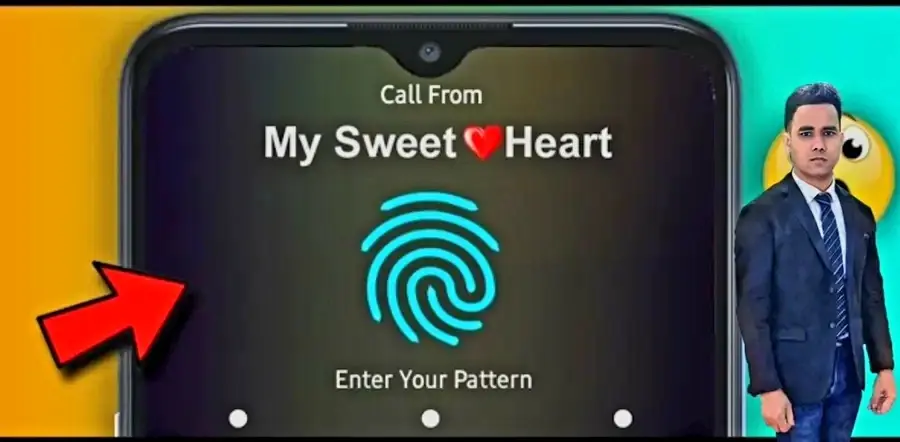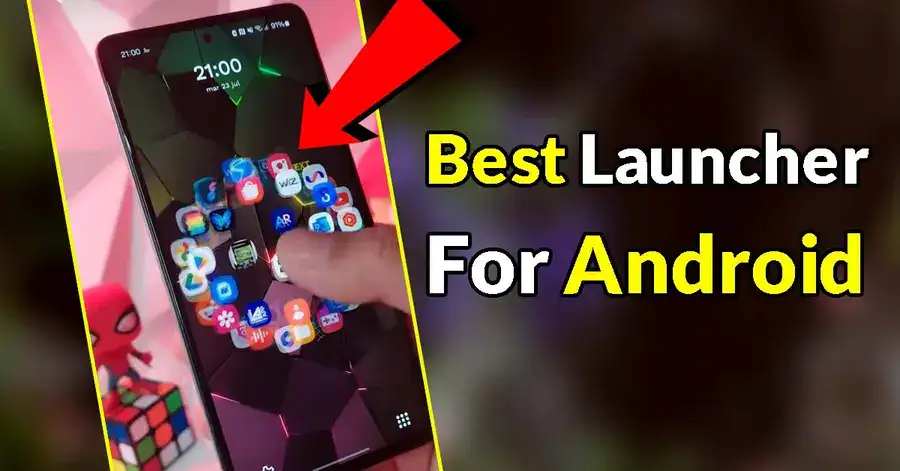Convert Video To Animation Ai Free: Wegocup Ai 15 In the digital era, creative content is essential for engaging audiences, and one trend that has gained significant attention is converting videos into cartoons. Whether you’re an influencer, a content creator, or a marketer, turning ordinary videos into animated cartoons can help capture the attention of your target audience.
The good news is that you don’t need expensive software or professional animators to create these stunning cartoon effects. Plenty of free online tools allow you to convert video to cartoon Ai with just a few clicks. This comprehensive guide will walk you through the best platforms and methods to turn your videos into captivating cartoons online for free.
Why Convert Video to Cartoon?
Converting videos into cartoons offers a unique, Wegocup Ai 15 artistic way to enhance your content. Cartoon videos are more visually appealing, and fun, and can evoke emotions that standard videos might not. Here’s why you should consider adding cartoon effects to your videos:
- Engagement Boost: Cartoon videos are eye-catching and hold viewers’ attention longer than regular videos.
- Creative Storytelling: With cartoon videos, you can tell stories playfully and engagingly.
- Marketing Edge: For businesses, cartoon videos can set your brand apart and help convey complex ideas in a more digestible format.
Top Free Online Tools to Convert Video to Cartoon
Toonator is a simple, user-friendly platform that allows you to convert your videos into animated cartoons without downloading any software. With just a few steps, you can have your video transformed into a cartoon. Renderforest is a robust, cloud-based video editor that provides a wide range of templates for animation and cartoon conversions. While it offers paid options, the free version has all the essential tools for converting videos into cartoons.
Video-to-Animation Conversion
Have you ever wondered how those captivating animations in advertisements or social media videos come to life? With advancements in artificial intelligence (AI), converting videos to animations has never been easier. Video-to-animation conversion refers to the process where a live-action video is transformed into an animated sequence. By using AI, this process is automated and streamlined, allowing for seamless transitions from one form of media to another.
The growing role of AI in digital creativity is undeniable. From creating stunning visuals to enhancing artistic techniques, AI is shaping the way we engage with content. When it comes to converting videos into animations.
Why Convert Videos to Animation?
So why bother converting videos into animations? The answer lies in creativity and flexibility. Animations offer a unique way to tell stories and capture attention. They break the boundaries of traditional video by allowing creators to exaggerate motions, use vibrant colors, and even create surreal scenes that wouldn’t be possible with live-action footage.
Animation adds an element of fantasy, making it ideal for brands, educators, and content creators who want to stand out. Whether it’s to explain complex concepts engagingly or to entertain audiences with creative flair, animation holds the key to visual storytelling that captures the imagination.
How AI is Transforming Video-to-Animation Conversion
AI is at the forefront of transforming video-to-animation workflows. Through machine learning algorithms, deep learning, and neural networks, AI can analyze video footage, identify patterns, and convert them into animated versions. AI can now mimic various artistic styles, from classic 2D animations to complex 3D designs, with minimal input from the user.
By automating this process, AI makes animation accessible to those without traditional artistic training. You no longer need to hand-draw each frame; AI-powered tools analyze and interpret the movements, facial expressions, and backgrounds from the video to create a lifelike animated version.
Advantages of Using AI for Video-to-Animation Conversion
There are plenty of reasons to rely on AI for video-to-animation conversion:
- Time and Cost Efficiency: AI eliminates the need for labor-intensive manual animation. It speeds up the process while significantly reducing costs.
- Customization and Flexibility: With AI, you can easily tweak styles, color palettes, and motion effects. Whether you prefer a cartoonish style or a realistic 3D animation, AI has you covered.
- Consistency: AI maintains uniformity throughout the animation, ensuring a polished and professional look.
Popular AI Tools for Converting Videos to Animation
When it comes to choosing an AI tool to convert video to animation, there are several powerful options available. Some of the most popular ones include:
- Runway ML: This tool uses machine learning to apply animation styles to video footage.
- Animoto: A user-friendly platform that allows users to create animated videos quickly.
- DeepMotion: Focused on motion capture, DeepMotion allows users to create animations from video footage.
These AI tools differ in terms of user interface, complexity, and the level of customization they offer. It’s essential to find one that suits your specific needs.
Step-by-Step Guide: How to Convert Video to Animation Using AI
Step 1: Choose the Right AI Tool
Look for an AI tool that fits your project’s goals and technical requirements. Many platforms offer free trials, so you can experiment before committing.
Step 2: Upload and Edit Your Video
Once you’ve selected your AI tool, upload your video footage. Some tools allow for basic editing such as trimming, adding effects, or adjusting lighting before applying animation filters.
Step 3: Apply Animation Filters and Settings
Now, it’s time for the magic. Select the animation style you want—whether it’s 2D, 3D, or something more abstract. AI will process the video and generate the animation based on your chosen settings.
AI Animation Styles: From 2D to 3D
AI allows you to choose between different animation styles, from traditional 2D animations to more complex 3D models.
- 2D Animation: Ideal for explainer videos, advertisements, and cartoons. It’s simple, clean, and communicates ideas quickly.
- 3D Animation: Offers more depth and realism. Perfect for gaming, entertainment, and product visualizations.
Use Cases for Video-to-Animation Conversion
AI video-to-animation conversion is applicable across various industries:
- Marketing and Advertising: Create eye-catching animated ads that grab attention on social media or websites.
- Education and E-Learning: Simplify complex subjects with animated explainer videos.
- Entertainment and Gaming: Bring stories and characters to life in a new way.
Wegocup Ai 15 in Video-to-Animation Conversion
Despite its advantages, AI has its limitations. One of the biggest challenges is the quality of the output. If the input data (video footage) is low-quality, the animation may look choppy or unnatural. Moreover, while AI can automate the process, it doesn’t always capture the nuanced creativity of human animators.
The Future of AI and Animation
AI’s potential in animation is still growing. In the future, we can expect AI to offer more sophisticated and customizable options, making it an indispensable tool for creative professionals. As AI continues to evolve, it will shape the future of digital media, pushing the boundaries of what’s possible in animation.
AI Video-to-Animation for Small Businesses
For small businesses, AI-powered animation tools offer a cost-effective solution for creating engaging content. Whether it’s for marketing campaigns or product demonstrations, AI can help small businesses create high-quality animations without needing a massive budget.
Ethical Considerations in AI-Driven Animation
With AI’s growing influence, ethical concerns arise, especially around data privacy and its impact on the creative workforce. As AI continues to automate processes, there is concern about job displacement in industries traditionally reliant on human talent.
Comparison: Manual Animation vs. AI Animation
While traditional hand-drawn or computer-generated animation offers more control over the creative process, it’s often labor-intensive. AI, on the other hand, offers efficiency and accessibility, making it a practical solution for businesses and individuals alike. However, it might not yet fully replicate the creativity and nuance a human artist can bring.
How to Make the Most of AI Animations in Content Creation
To get the most out of AI animations, focus on combining the technology with your creative vision. Use AI to automate repetitive tasks, but don’t forget to personalize your content with custom tweaks and edits.
Conclusion
AI has revolutionized the way we create animations from videos, offering a fast, flexible, and cost-effective solution. While there are still some limitations, the future looks bright for AI-driven animation, with advancements on the horizon that will continue to transform digital creative.
AI allows creators to experiment with new styles, techniques, and possibilities that were previously only available to professional animators.



